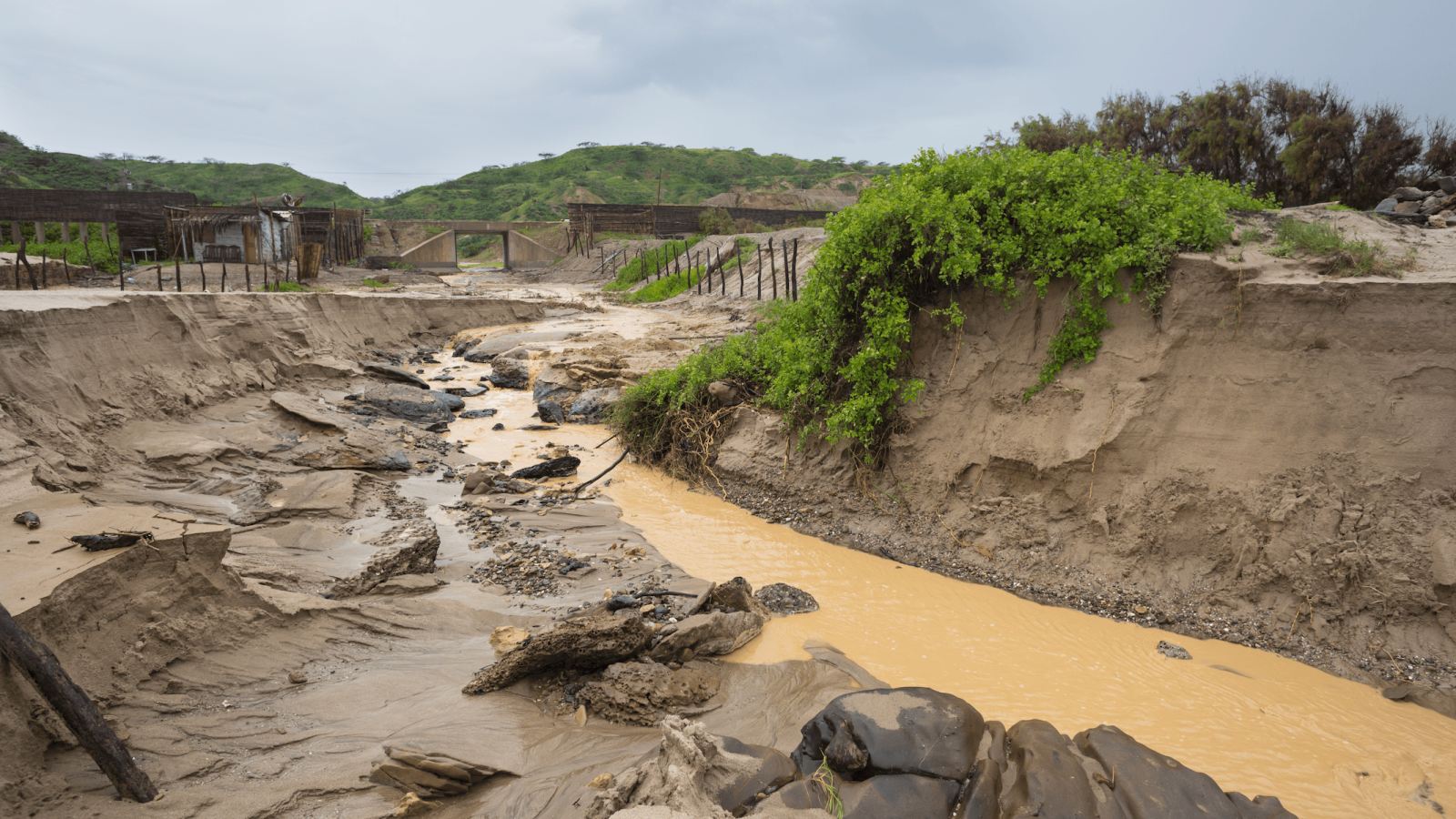This story is part of Record High, a Grist series examining extreme heat and its impact on how — and where — we live.
The world broke an all-time heat record this week — twice. For two days in a row, the planet’s daily temperature soared to the highest ever measured by humans, according to data from the National Centers for Environmental Prediction. Earth’s thermostat touched a record 62.62 degrees Fahrenheit on Monday, then inched up to 62.92 degrees Fahrenheit (17.18 degrees Celsius) on Tuesday.
Extreme heat, made more likely by climate change and the planet-warming El Niño weather pattern that just took hold, has gripped much of the United States and the world in recent weeks. Relentless heat waves have smothered the Southern U.S. and parts of the West for days, with heat indices hovering in the triple digits from California to Mississippi. As many as 54 million people in the U.S. could be exposed to dangerous heat this week, according to the Washington Post’s heat index.
Blistering temperatures and intense storms are also stifling China and the Asia-Pacific region. In India, nearly 100 people died during a June heat wave, and more than 2,000 people have suffered from heat stress during the Hajj, an annual Muslim pilgrimage, in Saudi Arabia as temperatures neared 120 degrees Fahrenheit. On the other side of the equator, where it’s winter, temperatures at a research base in Antarctica broke a July record at 47.6 degrees Fahrenheit.
Scientists say climate change is making heat waves — which are already deadlier than hurricanes, floods, and tornadoes combined — more severe, more frequent, and longer lasting. Warmer-than-normal sea surface temperatures in the tropical Pacific Ocean is expected only to make matters worse. Before this week, the record had been 62.46 degrees Fahrenheit, measured on August 14, 2016, during the last El Niño cycle.
“The onset of El Niño will greatly increase the likelihood of breaking temperature records and triggering more extreme heat in many parts of the world and in the ocean,” said Petteri Taalas, secretary-general of the World Meteorological Organization, in a press release. The organization said in May that it’s near certain that one of the next five years will be the hottest on record.
Thanks to climate change and El Niño, people can expect the “warmest month, warmest week, warmest day, and probably warmest hour” this year, Michael E. Mann, a University of Pennsylvania climatologist, tweeted a week before the daily record was broken.
Scientists have been warning for months that El Niño could push Earth temporarily past 1.5 degrees Celsius of warming and usher the planet toward some of the most dire consequences of global warming, such as severe drought, famine, and the spread of infectious disease. “It’s a death sentence for people and ecosystems,” Friederike Otto, a climate scientist at the Grantham Institute for Climate Change and the Environment at Imperial College London, told Reuters, referring to the news of the record-breaking heat.
Even without El Niño, the last few years have been some of the hottest on record. Earth is warmer than it has been in 125,000 years. The implications of such heat extend beyond land: Seas are also experiencing unprecedented warming that threatens marine life and fisheries. In some parts of the North Atlantic, surface temperatures have registered 9 degrees Fahrenheit above normal. About half of the world’s oceans could face marine heatwaves by September, according to the National Oceanic and Atmospheric Administration. Normally only about a tenth of the ocean would be so warm.
But the record-breaking heat doesn’t mean the planet is doomed. According to the U.N.-backed Intergovernmental Panel on Climate Change, countries can help avert the worst of warming by cutting back on coal, oil, and gas, ramping up development of renewables, and helping farmers store carbon in agricultural soils.




